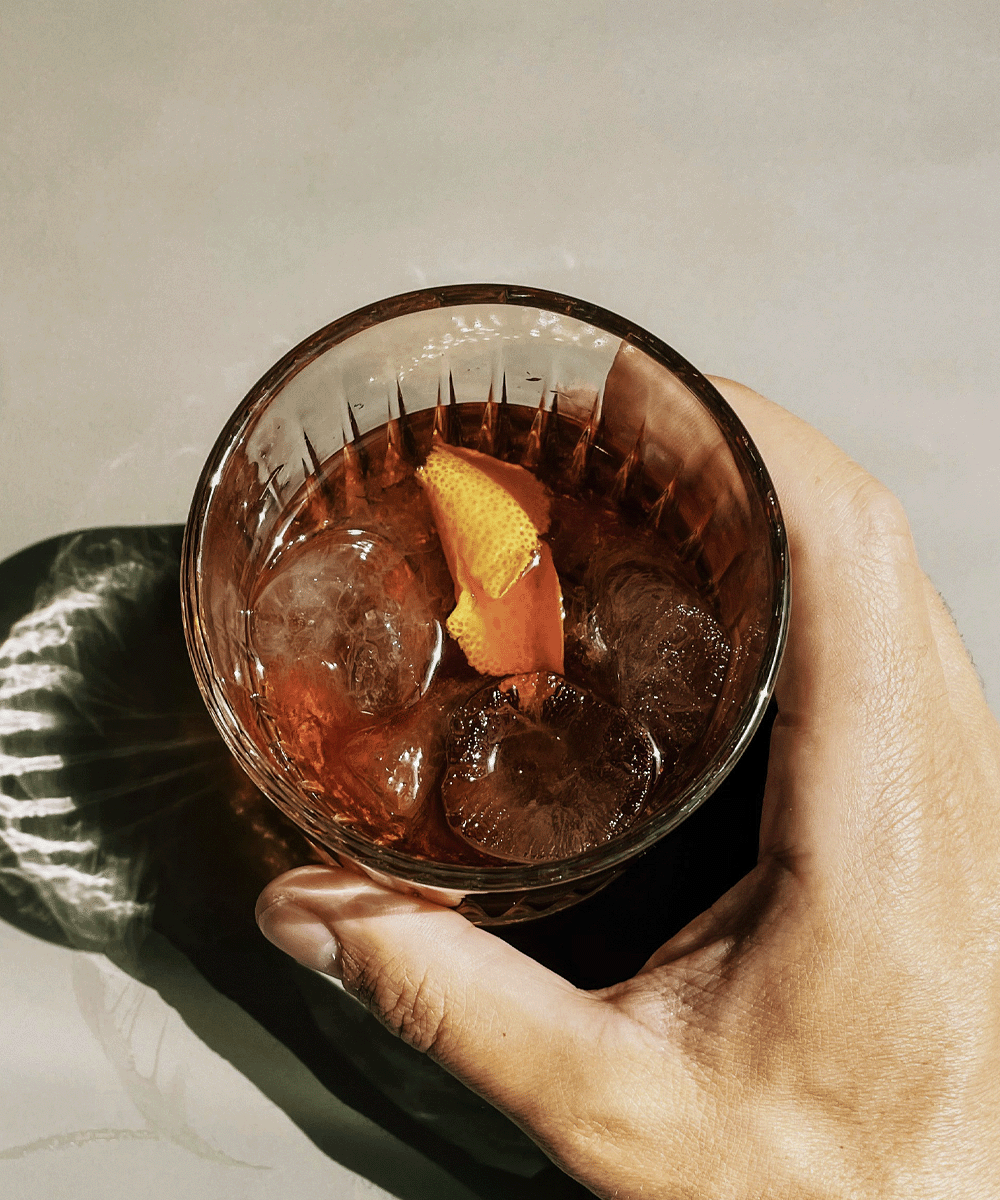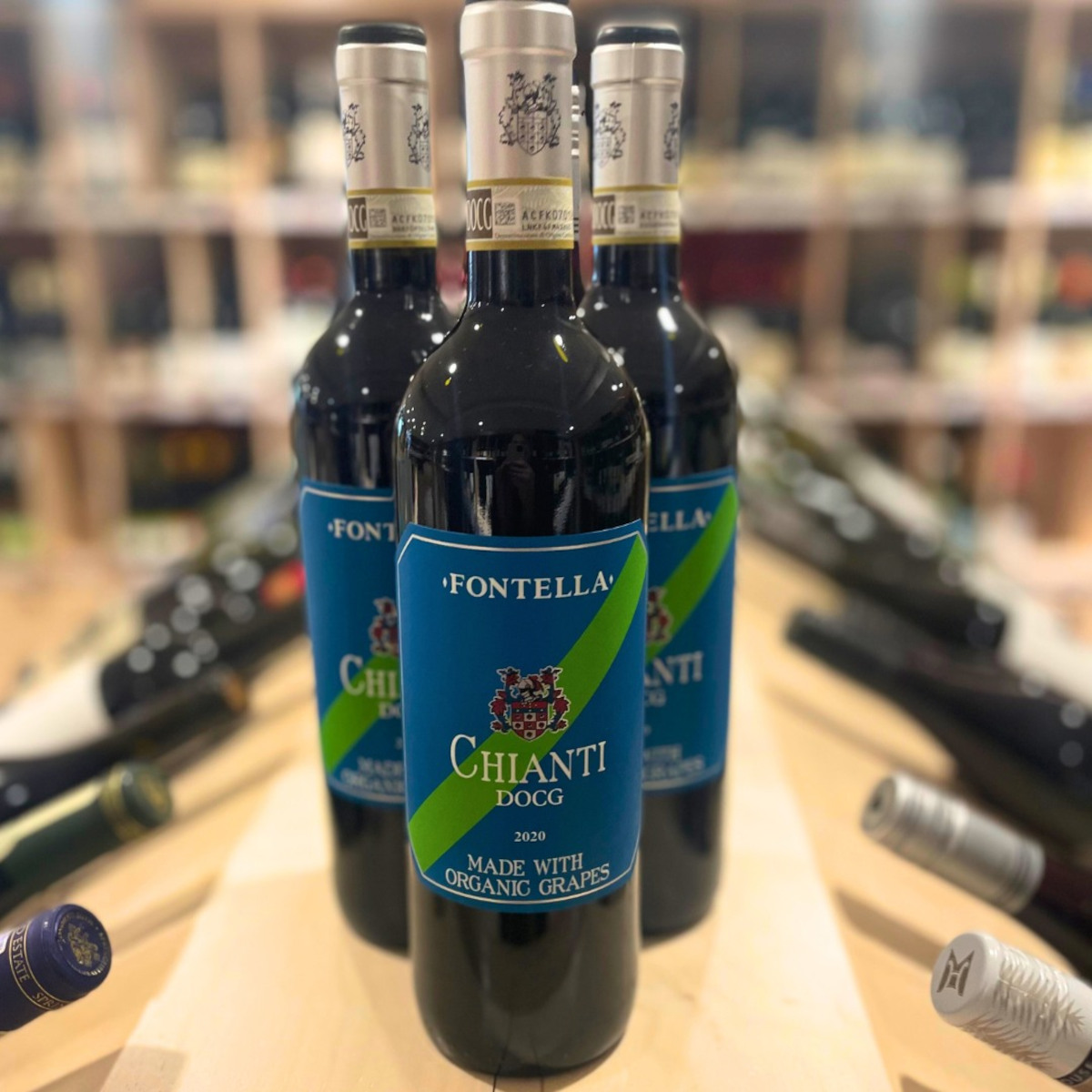
With 800+ products, there’s a lot to discover. Here, you’ll be able to go down any rabbit hole you choose, from staff recommendations to seasonal selections and everything in between. Discover something new from the world of wine, beer, and spirits.

Vivere l’Italia
Between the rolling hills of Tuscany, the foggy valleys of Piedmont, and beautiful, sunny Veneto; there’s so much to uncover in Italy.
Curated, spirit-ed recommendations.

Long Drinks
Generally lower-abv but still jam packed with flavour. Take your favourite Gin, Whisky, or Tequila and let it shine in a long drink.
Beer me some fresh selections.

Tatamagouche Brewing Spotlight
From the little town of Tatamagouche, Nova Scotia, these North Shore giants produce a killer lineup of traditional and modern styles.

































